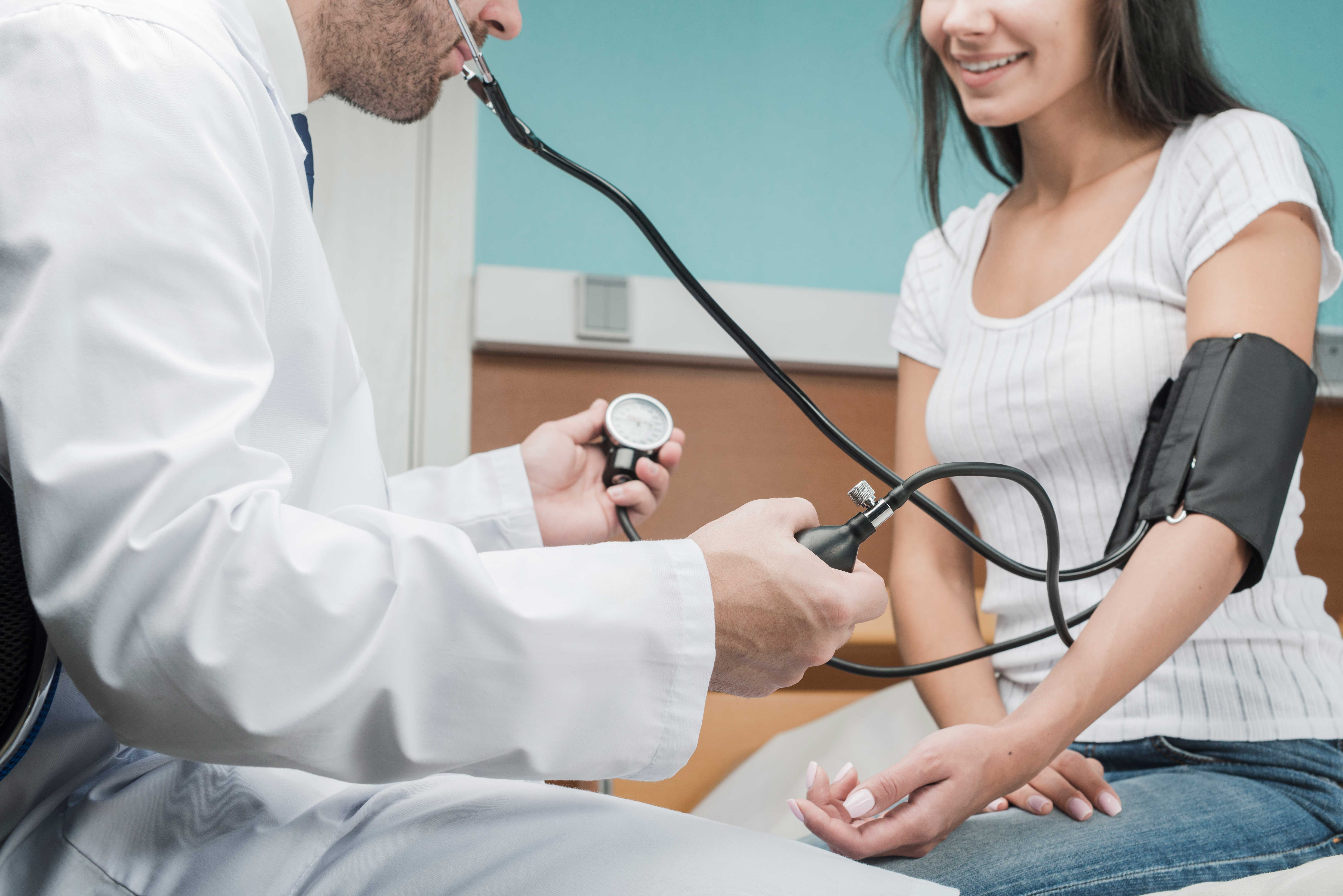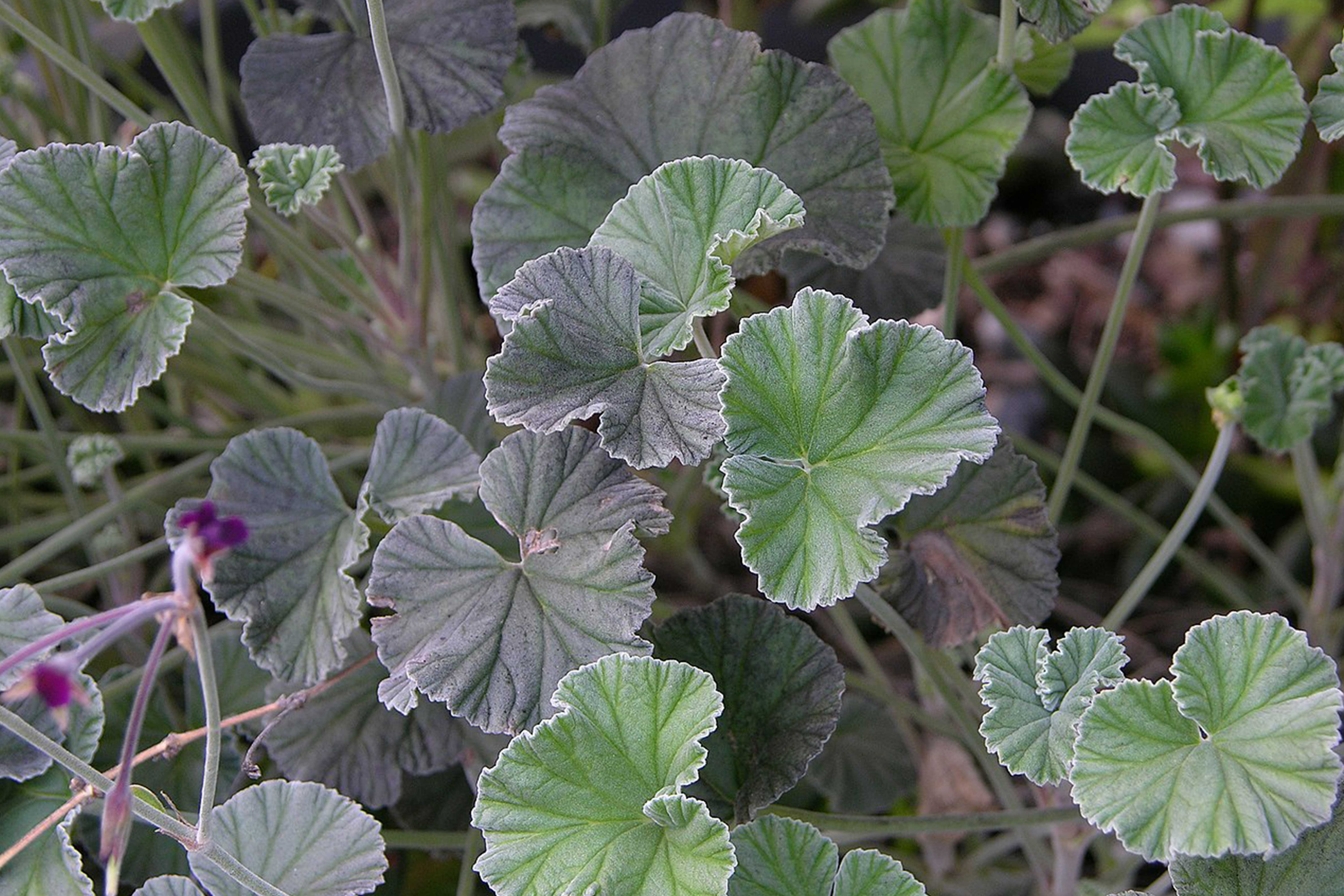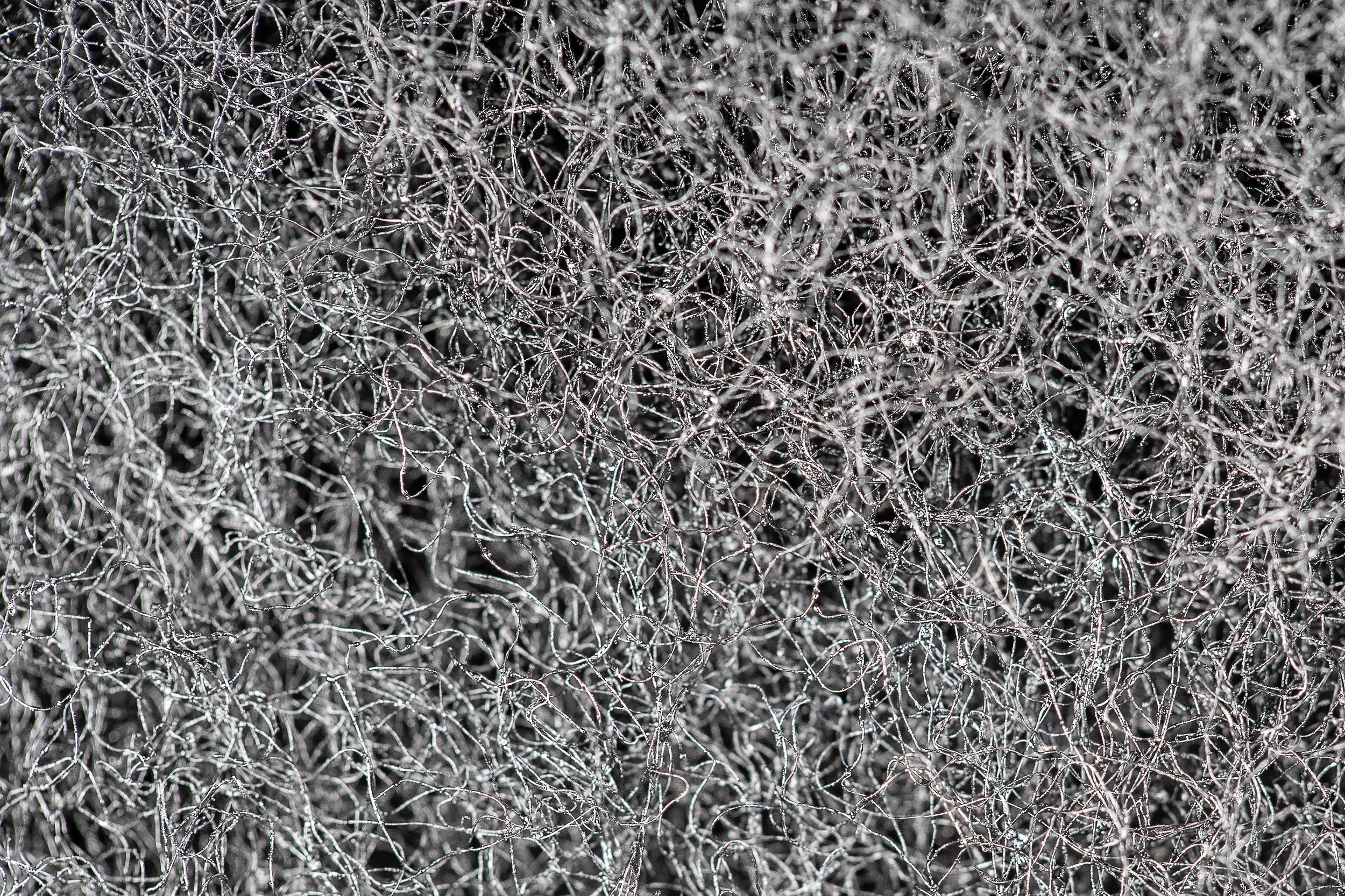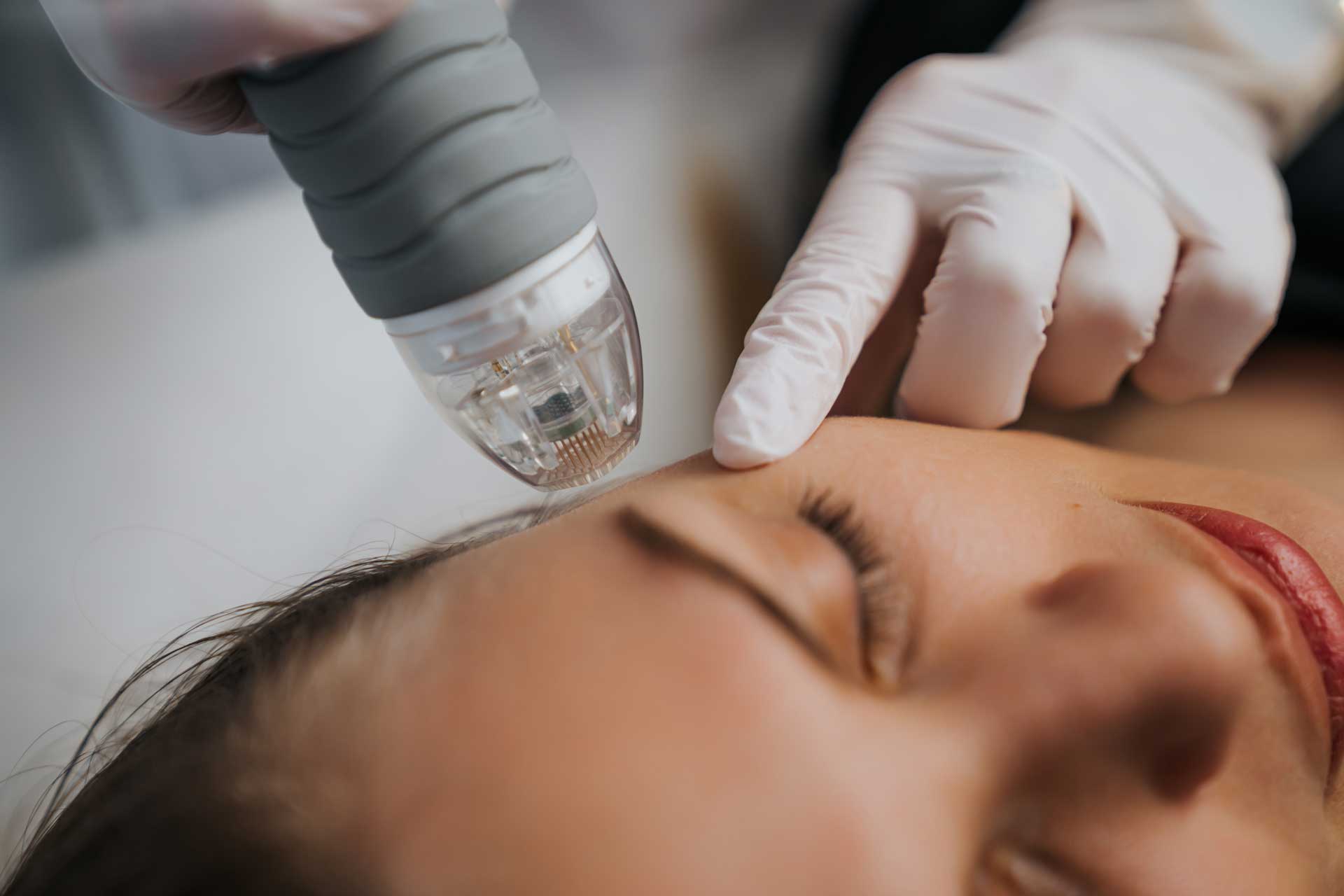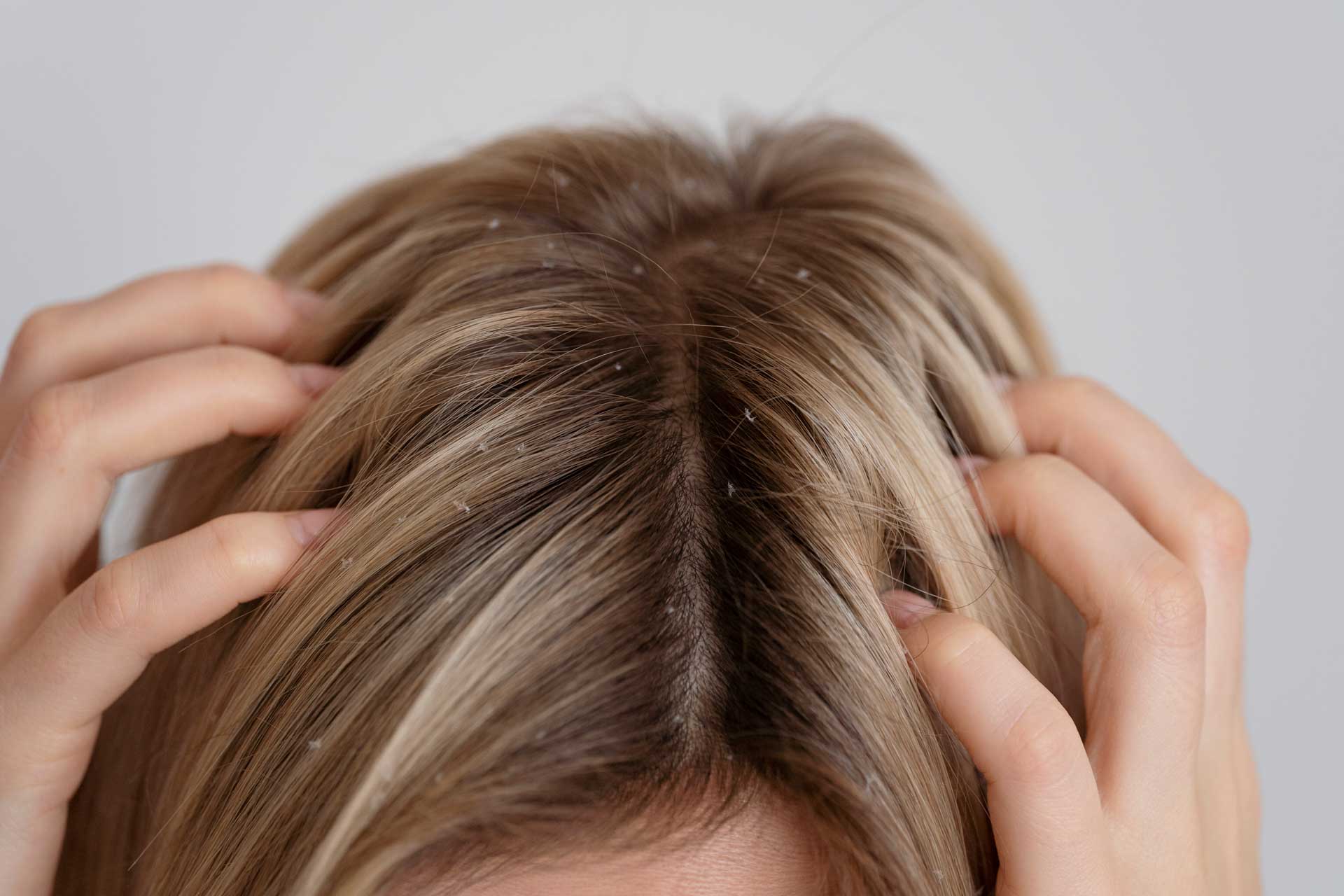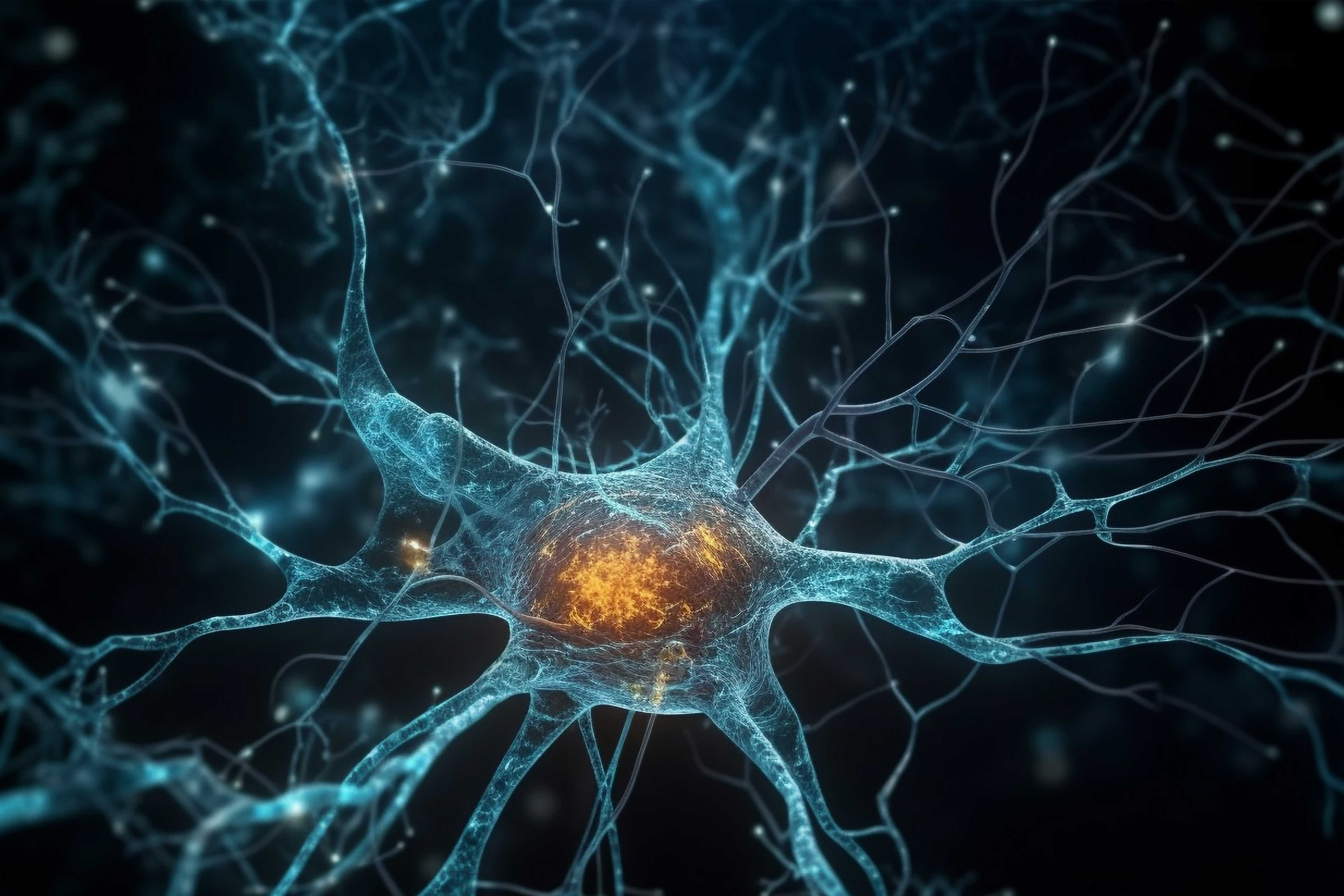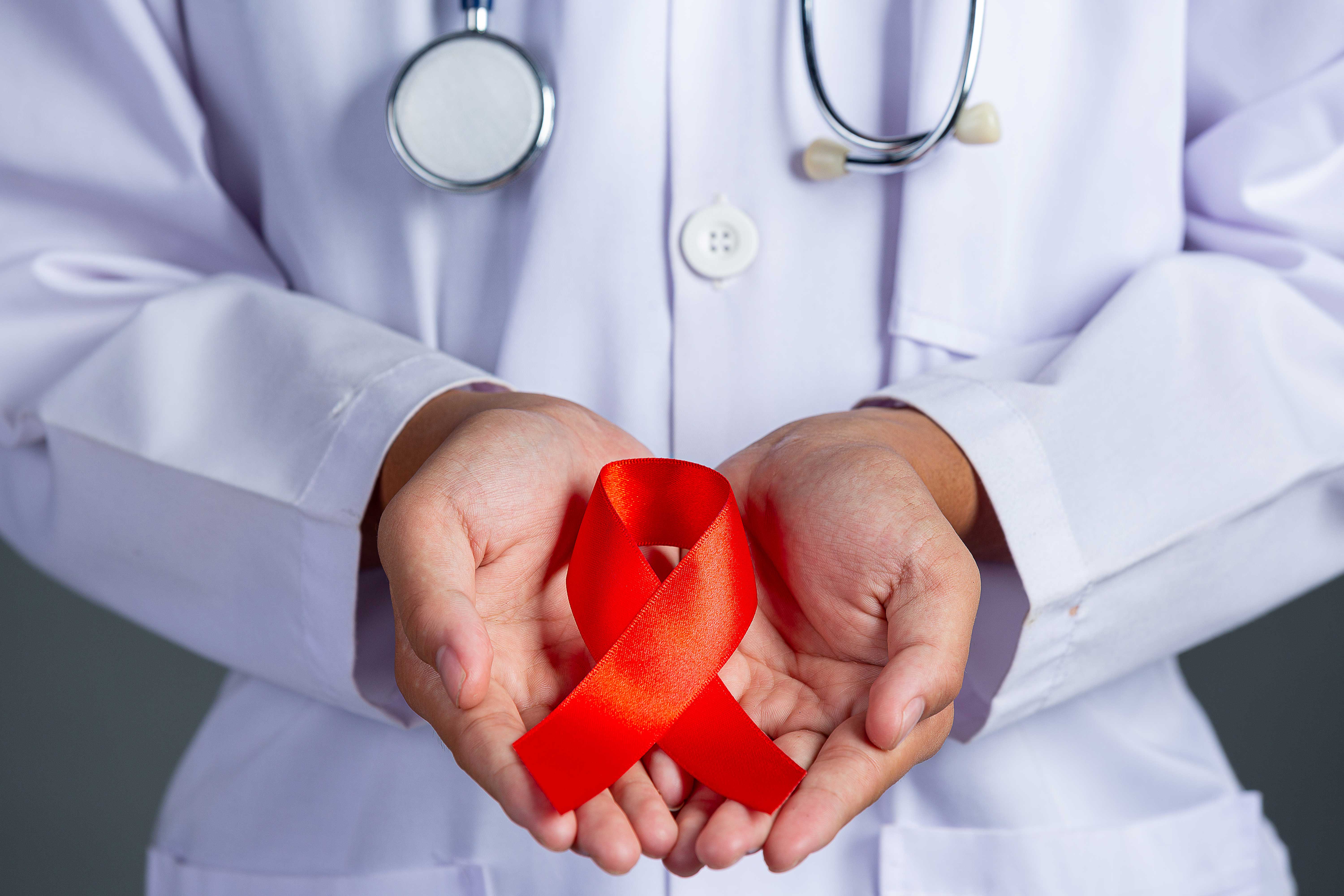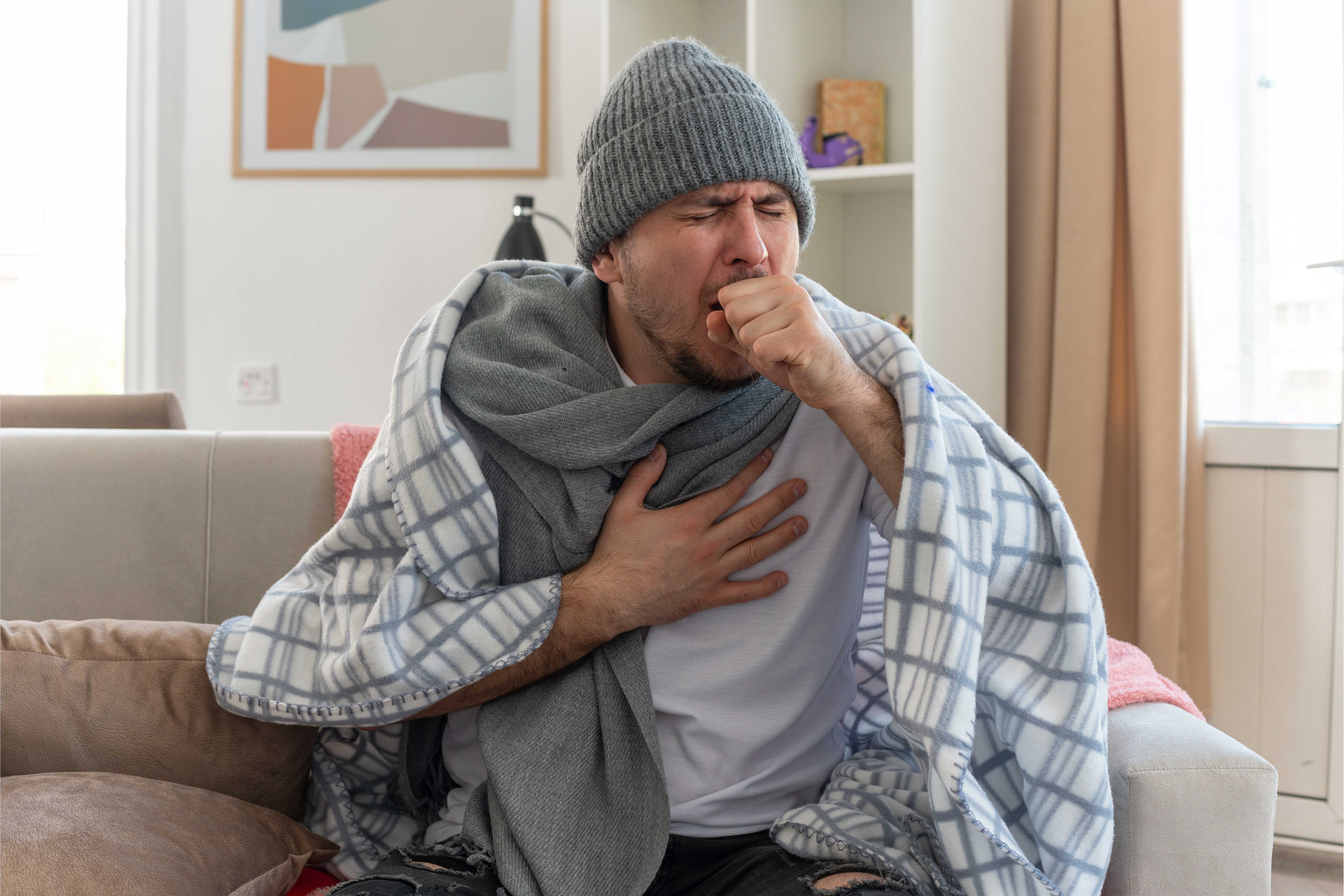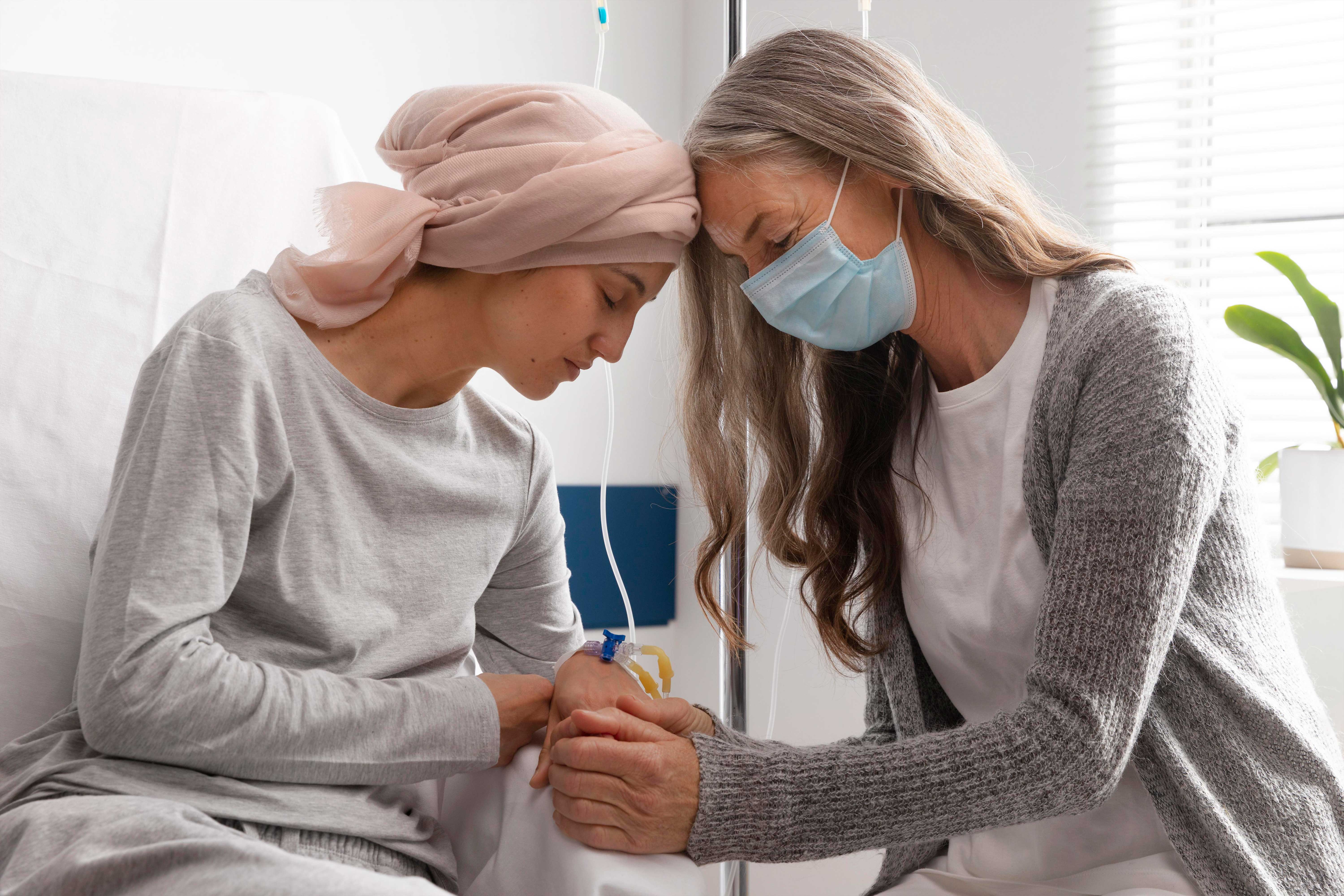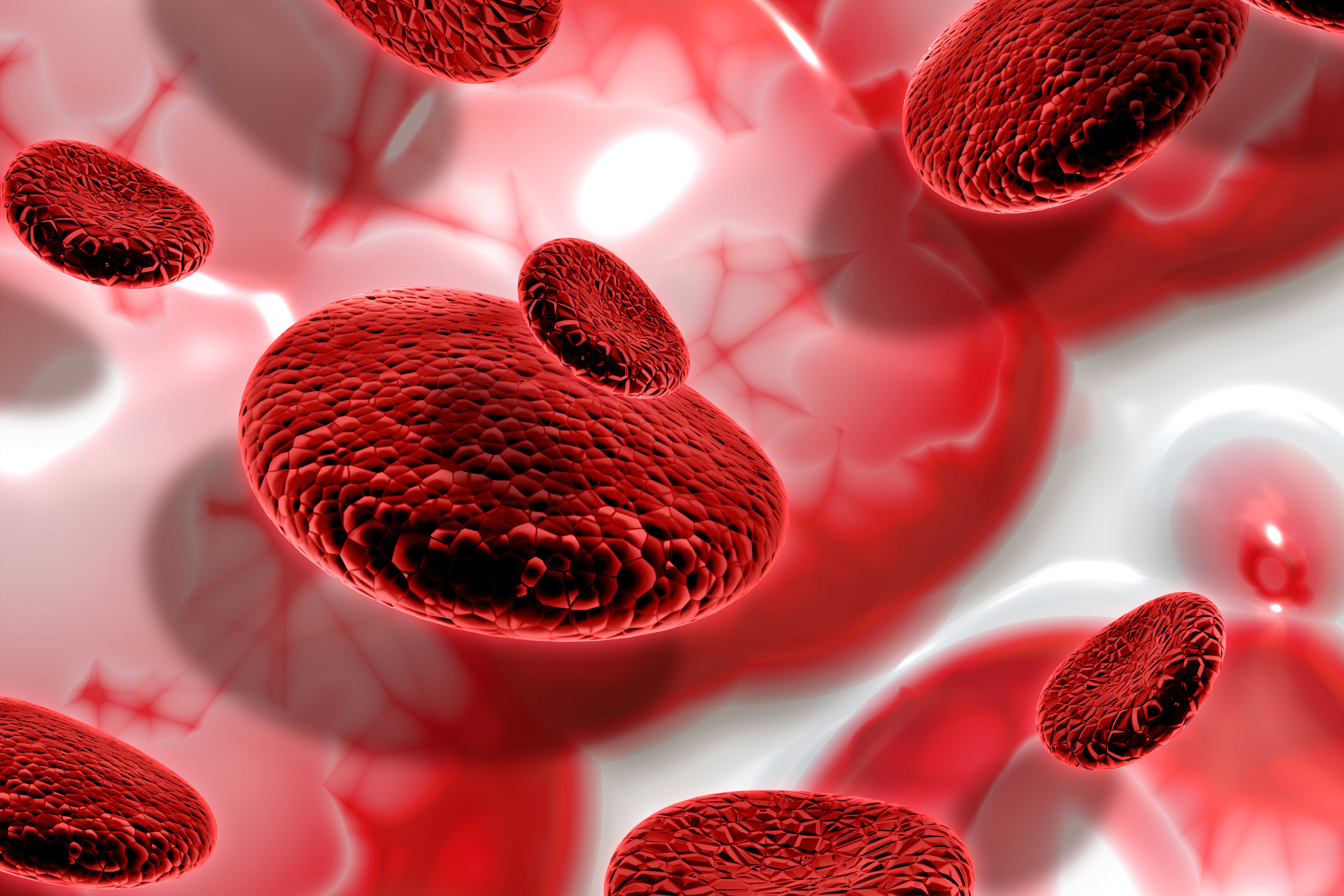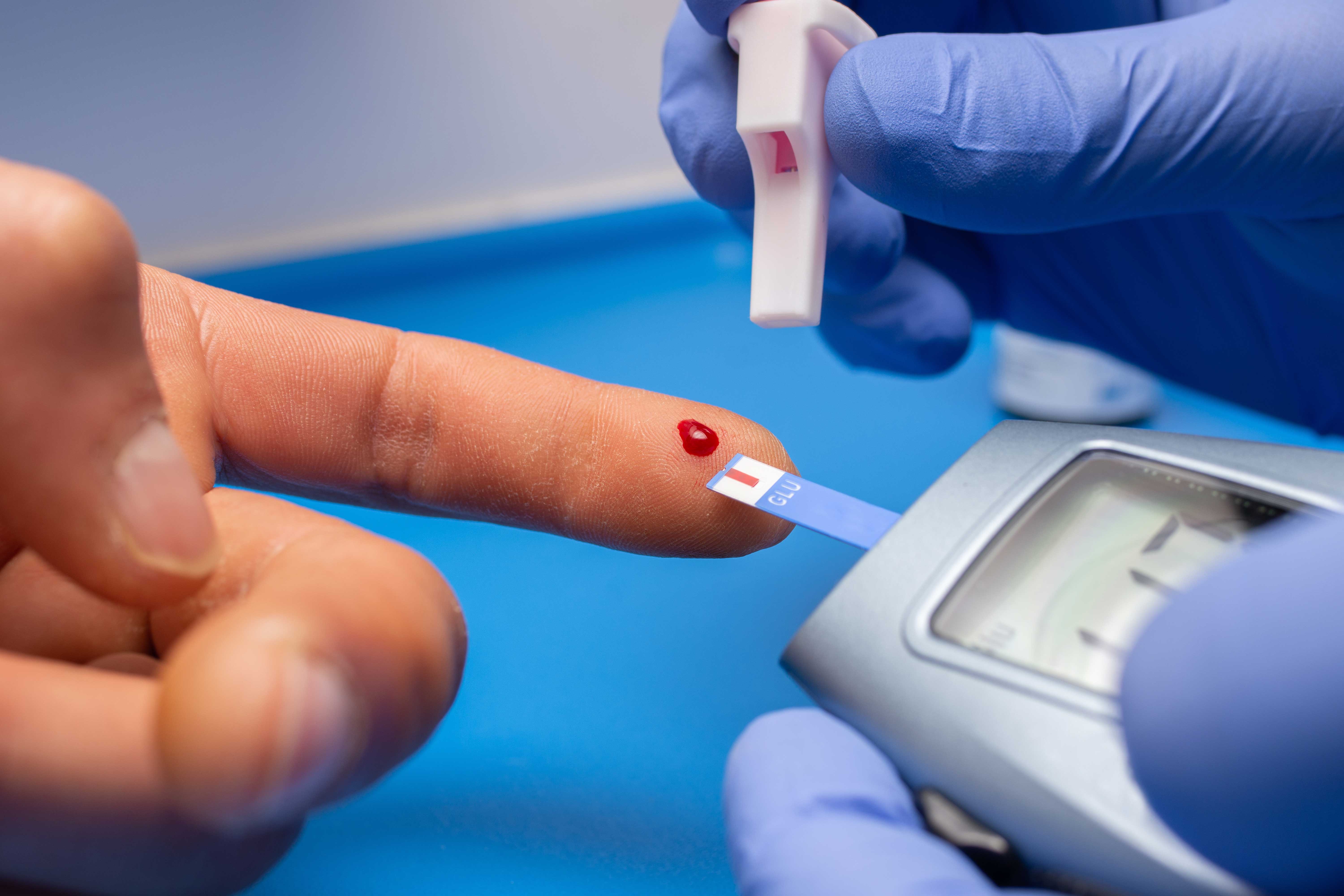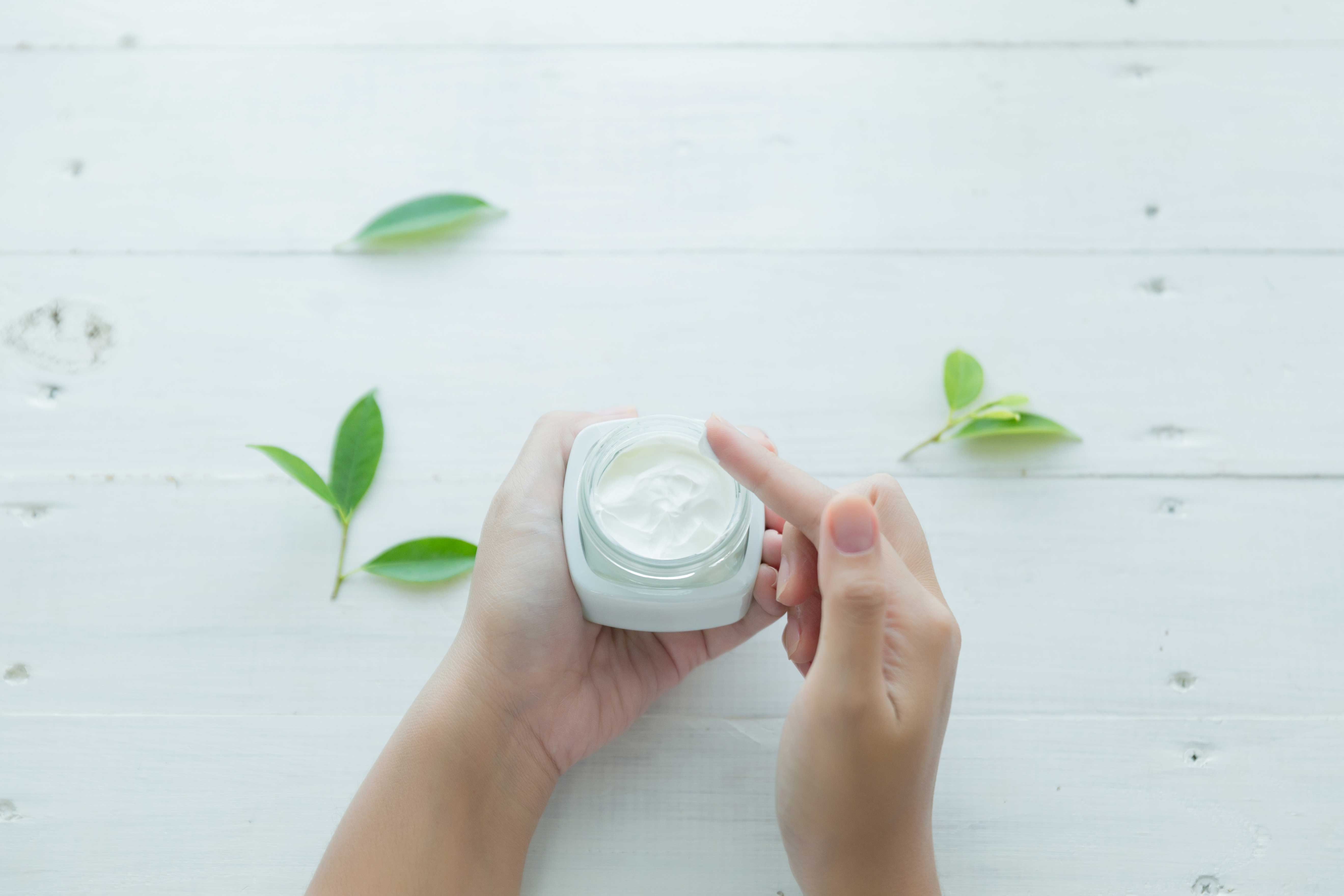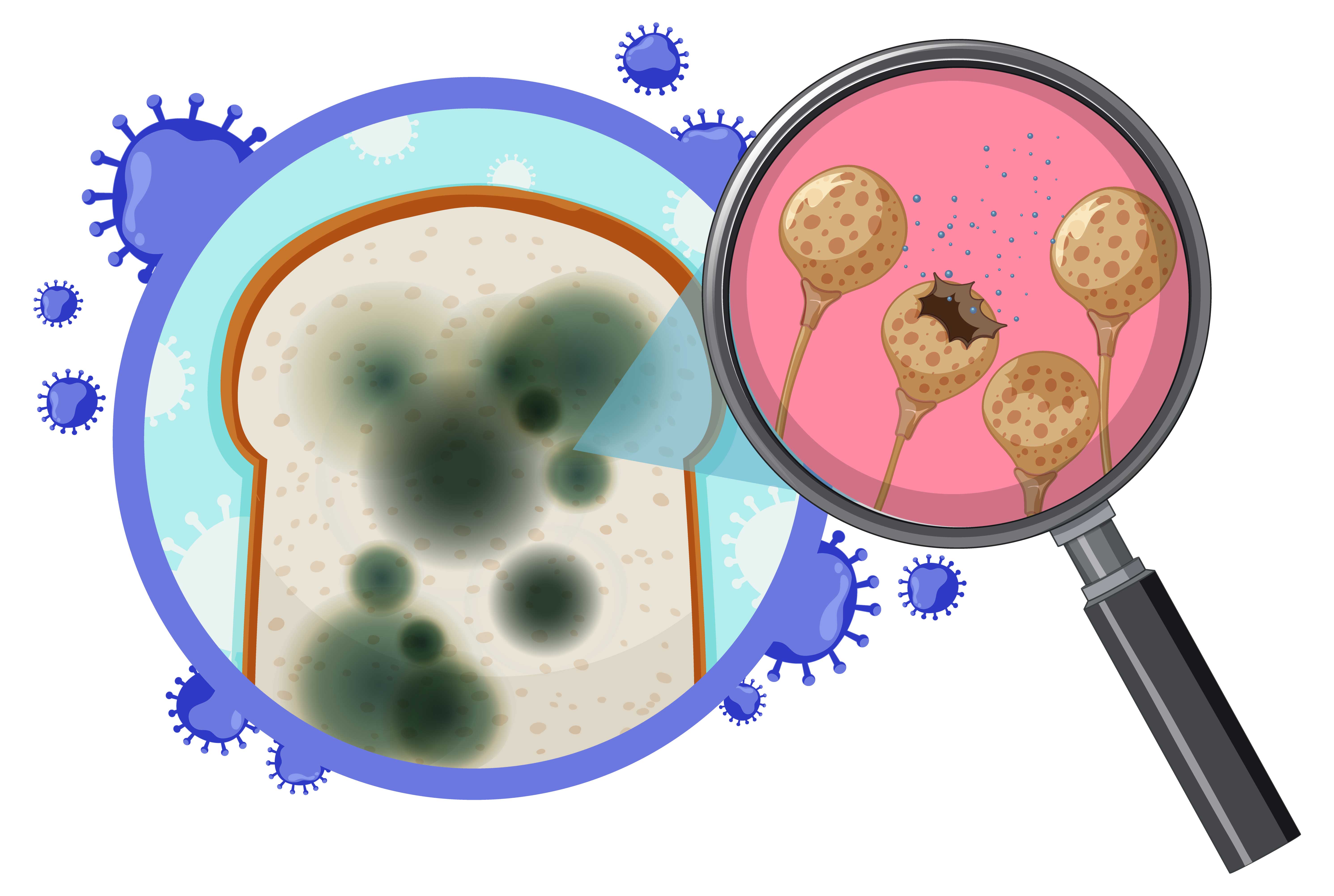Psoriasis from All Aspects
"Psoriasis is a chronic disease that results from skin cells regenerating faster than normal"

| Psoriasis description
| What causes psoriasis?
| Is psoriasis genetic? Does it run in the family?
| What are the types of psoriasis?
| How is it diagnosed?
| What are the treatment methods?
| Is it contagious?
| Eating habits
| Alcohol use
| Psychosocial aspect
| Psoriasis during pregnancy
| Misconceptions that are known to be true
| Summary
Psoriasis description
It is a skin disorder that is usually sharply limited and has silver-colored dandruff (scales) that give the disease its name.
Psoriasis is an autoimmune disease that is common all over the world. Genetic and environmental factors affect the incidence of the disease. This disease, which occurs in two or three out of every 100 people in our country, can be seen at any age and usually occurs between the ages of 15-30.
What causes psoriasis?
Although the underlying cause of this disease is not known for certain, the researches show that this disease is caused by a problem in the immune system.
Our body produces new skin cells in the deepest layer of the skin. These skin cells gradually move upward through the skin layers until they reach the outermost level, where they die. Dead cells exfoliate. This entire process normally takes about 3 to 4 weeks. However, in people with psoriasis, this process only takes about 3 to 7 days. As a result, immature cells rapidly accumulate on the skin surface, causing scaly patches covered with scales.
Is psoriasis genetic? Does it run in the family?
Having a family history of psoriasis is an important risk factor. The presence of this disease in close family members may result in an increased likelihood of developing psoriasis.
According to the American Academy of Dermatology, an individual has a higher chance of developing psoriasis if a parent, grandparent, or sibling has psoriasis.
What are the types of psoriasis?
4.1. Chronic plaque type psoriasis (Psoriasis vulgaris)
It is the most common type, seen in 85-90% of individuals with psoriasis. Psoriasis vulgaris is characterized by gray or white rashes over thick red plaques commonly appearing on the elbows, knees, scalp, and back. Lesion sizes are usually between 1-10 cm, but in some individuals, they can be large enough to cover the entire body.
4.2. Guttate psoriasis
It is the form of psoriasis with the best prognosis among all subtypes. Although it is more common in childhood and young adulthood, it can also occur in older individuals. The resulting lesions are thinner and smaller than Chronic Plaque Type psoriasis. If psoriasis is left untreated, it may go away on its own, but chronic plaque-type psoriasis may also develop.
4.2. Erythrodermic psoriasis
Psoriasis is a rare type seen in 1% to 3% of patients. The disease covers more than 90% of the body. It is usually seen in individuals over the age of 50. This type of medication, which creates burn-like painful lesions, can be triggered by factors such as sunlight, trauma, and infection.
4.3. Pustular psoriasis
The distinguishing feature of this type of psoriasis is that the lesions appear as pus-filled pimples on a red background. Although it can occur in any part of the body, it is mostly located on the palms and soles of the feet.
4.4. Psoriasis with nail involvement
Involvement occurs in the nails in 10-80 % of psoriasis patients. In this type, conditions such as pitting in the nail bed, whitening or disintegration of the nail plate, color change, thickening, and nail growth may be observed. If treatment is delayed, nail loss may occur.
How is it diagnosed?
Diagnosis is made through clinical findings along with skin lesions during physical examination.
What are the treatment methods?
Despite the variety of treatment options currently available, complete treatment of psoriasis remains a challenge. Topical treatments, phototherapy methods, and treatments with biological agents are available methods to reduce the signs and symptoms of the disease.
Topical treatment is preferred in patients with mild to moderate regional lesions. These are various drugs that prevent flaking on the skin, drugs containing cortisone, drugs containing synthetic vitamin D, or moisturizers.
Phototherapy is a method that involves exposing the lesioned area to ultraviolet rays. It is preferred in persistent lesions where topical treatment is not sufficient.
In cases where topical treatment and phototherapy are insufficient, biological agents such as methotrexate, cyclosporine, retinoids, hydroxyurea, and leflunomide are effective treatment options in the treatment of the disease.
Is it contagious?
Psoriasis is not a contagious disease.
Eating habits
Changing eating habits in psoriasis can improve a patient's quality of life by relieving skin lesions and reducing the risk of other diseases. It is essential to include antioxidants such as vitamin A, vitamin C, vitamin E, carotenoids, flavonoids, and selenium in the dietary treatment of people with psoriasis. However, patients should limit the intake of saturated fatty acids and replace them with polyunsaturated fatty acids from the omega-3 family, which have an anti-inflammatory effect
Alcohol use
Psoriasis is a chronic disease linked to the immune system. Psoriasis patients are at high risk for alcohol addiction, which has many harmful effects. Increased alcohol use is associated with worsening severity of psoriasis. In addition, alcohol use poses a risk factor for poor response to systemic treatments.
Psychosocial aspect
Psoriasis is a disease that has significant psychosocial effects beyond
physical signs and symptoms. The formation of lesions in visible areas such as
the face, arms, and legs triggers this condition. Clinical studies show that
the frequency of psychosocial problems such as depression, anxiety, and desire
to harm oneself is higher in people with psoriasis than in individuals with
other skin diseases. In this case, early diagnosis and identification of
psychosocial support needs are recommended. Once the patients’ needs for more
support are identified, outcomes can be improved through rapid and effective
treatment of inflammation, cognitive behavioral therapy, meditation, and mindfulness-based
treatment.
Psoriasis during pregnancy
Pregnancy is a unique process that involves important hormonal and immunological changes for the maternal organism. The course of psoriasis during pregnancy is very unpredictable. In this process, the decision on how to treat psoriasis and manage treatment options require multifaceted thinking, as the health of both the mother and the fetus must be taken into account. Treatment options for the expectant mother should be evaluated under the consultancy of a specialist physician.
Misconceptions that are known to be true
Psoriasis is a chronic disease that affects genetically susceptible individuals who become susceptible to misinformation due to complex immunopathogenesis (changes that occur in the body during the development of immune system-related disease). Contrary to popular belief, it is not contagious. Another common misconception about psoriasis is that light therapy carries a risk of cancer. Contrary to popular belief, light therapy recommended by a specialist physician does not carry a risk of cancer because it does not contain radioactive rays.
Misinformation about psoriasis can mislead the public's perception of psoriasis, cause stigma, and mislead patients with psoriasis, leading to worse outcomes. For this reason, it would be beneficial for patients to proceed with the advice of a specialist physician, rather than based on hearsay information.
Summary
Psoriasis is a chronic skin disease that occurs when skin cells renew faster than normal. In this disease, there is pearl (silver) colored dandruff (flaking) on the skin, which gives the disease its name. This autoimmune disease caused by a problem in the immune system, can occur at any age due to genetic and environmental factors. Its diagnosis can be easily determined by skin lesions during physical examination by a dermatologist. Although there are different types of psoriasis, chronic plaque psoriasis is the most common type, seen in 85-90% of individuals with psoriasis. This type is characterized by gray or white rashes over thick red plaques commonly appearing on the elbows, knees, scalp, and back. Topical treatments for psoriasis, phototherapy (treatment with beams) methods, and treatments with biological agents are available to reduce the disease's signs and symptoms. However, there is no treatment option yet that will eliminate the disease. Psoriasis is a disease that has significant psychosocial effects beyond physical signs and symptoms. Misconceptions among the public, such as that psoriasis is contagious, trigger the situation. For this reason, it will be beneficial for the patient both physiologically and psychosocially if they proceed with the advice of a specialist physician, rather than with hearsay information.
- Brittany Blackstone, Radhika Patel & Anthony Bewley (2022) Assessing
and Improving Psychological Well-Being in Psoriasis: Considerations for
the Clinician, Psoriasis: Targets and
Therapy, 12:, 25-33, DOI: 10.2147/PTT.S328447
- Ferreira C, Azevedo A,
Nogueira M, Torres T. Management of psoriasis in pregnancy - a review of
the evidence to date. Drugs Context. 2020 Mar 9;9:2019-11-6. doi:
10.7573/dic.2019-11-6. PMID: 32201494; PMCID: PMC7067229.
- Garbicz, J., Całyniuk, B.,
Górski, M., Buczkowska, M., Piecuch, M., Kulik, A., & Rozentryt, P.
(2022). Nutritional therapy in persons suffering from
psoriasis. Nutrients, 14(1), 119.
doi:https://doi.org/10.3390/nu14010119
- Kearney, N., & Kirby, B.
(2022). Alcohol and psoriasis for the dermatologist: know, screen,
intervene. American Journal of Clinical Dermatology, 23(6),
881-890. https://doi.org/10.1007/s40257-022-00713-z
- Özer İ, Yıldırım Dİ. Social
awareness about psoriasis: Misconceptions, negative prejudices and
discriminatory behavior. Dermatol Ther. 2020 Nov;33(6):e14059. doi:
10.1111/dth.14059. Epub 2020 Aug 18. PMID: 32705739.
- Roche, D., Murphy, M., &
O’Connor, C. (2022). A qualitative analysis of online misinformation and
conspiracy theories in psoriasis. Clinical and Experimental
Dermatology, 47(5), 949-952. doi:10.1111/ced.15041
- Şen, Ş. (2023). Sedef
hastalığı güçlendirme olçeği geçerlik-güvenirlik calışması (Order No.
30456170). Available from ProQuest Dissertations & Theses Global.
(2812064660). https://www.proquest.com/dissertations-theses/sedef-hastalığı-güçlendirme-olçeği-geçerlik/docview/2812064660/se-2
- Tokuyama, M., & Mabuchi,
T. (2020). New treatment addressing the pathogenesis of
psoriasis. International journal of molecular sciences, 21(20),
7488. Tokuyama, M., & Mabuchi, T. (2020). New treatment addressing the
pathogenesis of psoriasis. International journal of molecular
sciences, 21(20), 7488.
- Torales, J., Echeverría, C., Barrios, I., García, O., O'Higgins,
M., Castaldelli‐Maia, J. M., ... & Jafferany, M. (2020).
Psychodermatological mechanisms of psoriasis. Dermatologic
Therapy, 33(6), e13827.


